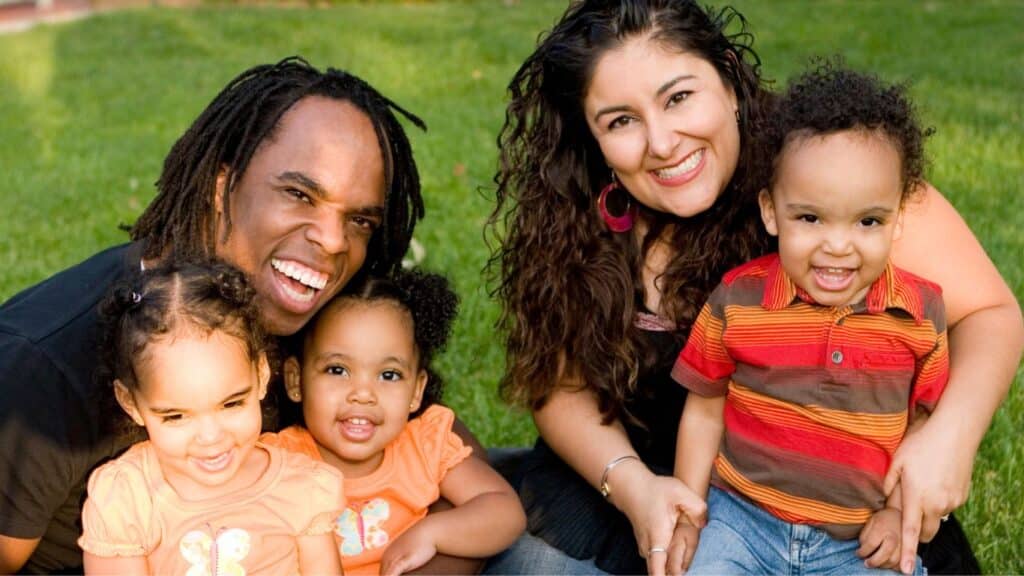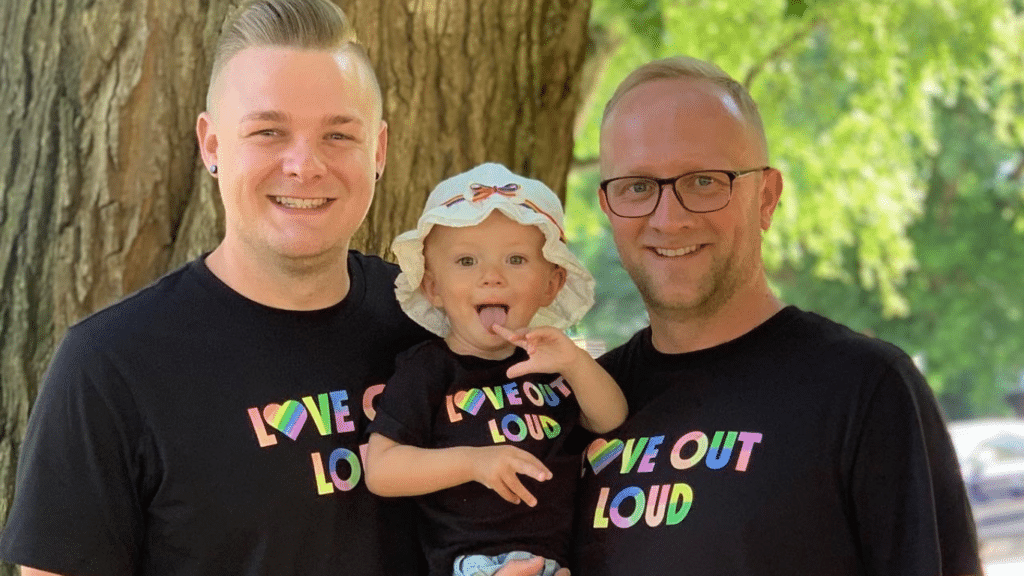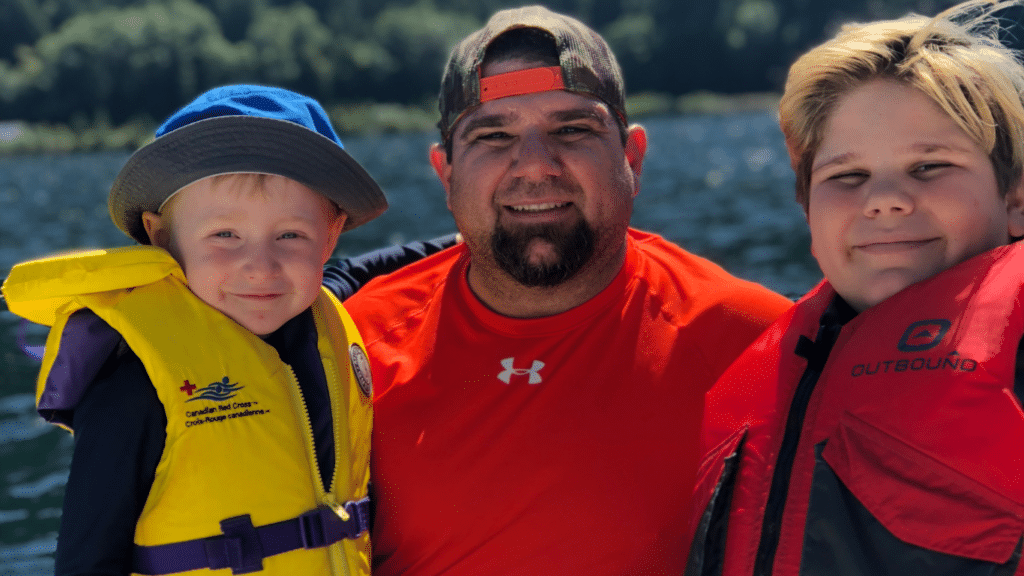In this discussion paper, I hope to open a door for reflection and discussion within the adoption community, meaning adoption agencies, support services, and adoptive and prospective adoptive parents. It is time to examine our underlying values and biases in adoption, and address how the adoptive system advantages some, while disadvantaging others.
When my husband and I were in the process of creating a family through adoption, I admit that I was not interested in adopting a special needs infant or an older child. I wanted a baby girl, preferably healthy. Furthermore, being white and comfortably middle class, I was determined to “hire” the best agent my money could afford to achieve my dream of “having” and parenting a child. Does this make me complicit in the marketing of healthy infants? Probably so.
And so I began my journey into the complex, controversial and emotionally charged arena of adoption ethics, one that confronted many of my biases, beliefs, and actions. Ethics is a nebulous, catch-all term referring to biases, values, and rights, as well as conflicts of interest, and more.
Here are a few of the adoption debates encountered in the literature. First off, however, in order to provide context, I have set the stage for adoption today.
In recent decades, the number of infants available for adoption in Canada has dropped dramatically. Some of the factors contributing to this decline include the advent of more reliable birth control and the availability of abortion. As well, society increasingly accepts the raising of children by single mothers. Compounding the decline in adoptable infants of European heritage are decreasing fertility rates, partially explained by delayed pregnancies of career women.
Further complicating these supply-and-demand factors are increased waiting periods for prospective adoptive families, as well as the tendency for birth mothers to select adoptive families under age 35. These factors limit the options and increase the pressures experienced by many older prospective adoptive parents who desperately want an infant.
Juxtapose the decline in available infants and the increase in demand for adoptable infants in Westernized countries with the increasing number of homeless children in many developing nations caused by war, poverty, or one-child policies, and the result is an environment primed for the marketing of babies, but stewing with ethical dilemmas.
One dilemma identified in the literature, involves the adoption of developing world infants by wealthy, North Americans of European heritage. Opponents have argued that this practice is nothing more than cultural imperialism, which exploits developing world women and children and denies children their culture. Supporters, on the other hand, argue that intercountry adoption provides hope and homes for children otherwise destined for a life of poverty, with little cultural advantage to appreciate.
Another prolific and controversial debate in the adoption literature involves the philosophy of “the best interests of the child.” One of the features of this debate includes the bias of biology. Proponents of biology are often visible in the media during high profile cases, when birth relatives contest adoptive relations. Opponents of the biology debate argue that policies restricting transracial adoption have deprived many children of colour of permanent homes and families. (In Canada, some of this debate seems to be in response to adoption atrocities committed against First Nations people such as the “60s Scoop.”)
An additional and increasingly delicate body of debate in adoption literature surrounds the “adoption industry,” which includes adoption and support agencies, as well as adoptive parents. First, is the question of “Who is the consumer?” Some argue it is both the adoptive child and the prospective parent. Critics argue, however, that generally the adoption industry is set up to middle and higher income families with healthy infants, thereby rendering society’s most needy groups, children with special needs and low-income families, at a disadvantage.
A second debate relates to fees. While few critics challenge the need for adoption fees, some argue that the adoption industry takes advantage of desperate families eager to adopt by charging fees well in excess of labour provided. At the same time, few critics examine the harsh realities of the supply-and-demand aspects of adoption, where adoptive families with money adopt the healthy infants who are the most in demand.
Increasingly, adoption services in BC are driven by money, despite the non-profit designation of adoptive services. Anne Babb, an adoption advocate asserts in her book Ethics in American Adoption that “when money is as central to a human service as it is in adoption practice, money not only drives the process, but it also shapes the results.”
This leads to the argument that the adoption process perpetuates the commoditization of children. In other words, where consumer demands drive the characteristics of commodities, which in this case are healthy babies. One only needs to observe the robust babies adorably pictured on adoption agency advertisements to realize these agencies are promoting a “product” for a given “market”.
Babb takes the commodity assertion even further by comparing the early North American adoption trend of healthy ten-year old boys who provided cheap labour to adoptive families to the current demand for infants. “Today, the practical utility of hardy 10-year old boys has been replaced by the sentimental utility of the healthy infant. Only the characteristics of the adoptable children have changed: our collective soul has not changed,” she says in her book.
How do I reconcile this? Where does this leave me and others who want to adopt a healthy infant? Do we take the moral high road and not contribute to the marketing of infants but instead adopt local children with special needs or older children with troubled histories? I am not sure this is the answer. Of course, in ethical dilemmas, as in life, there are no easy answers.
Sources:
Intercountry Adoption: A Multinational Perspective, H. Altstein and R.J.Simon
Ethics in American Adoption, Anne L. Babb
Transracial Adoption: Politics and Ideology, P. Hayes.
“Transracial Adoption in Britain: A follow-up study, with policy considerations,” C. Bagley
“Beyond biology: The politics of adoption & reproduction,” E. Bartholet
“The politics and realities of transracial adoption,” M.E. Courtney
“Adoption and ethics: The hard questions,” M. Freundlich
“Child welfare law ‘best interests of the child’ ideology, and First Nations,” M. Kline “International adoption in Canada: Public Policy Issues, Discussion Paper,” K. McDade.
“Adoption and the Family System: Strategies for treatment,” M. Reitz & K. Watson.
“L. Political and personal aspects of intercountry adoption of Chinese children in the United States,” M. Vonk M. E. Simms, and P. J.Nackerud
“Charging fees undermines the process of adoption,” K. Watson & D. Brown.
“Controlling improper financial gain in international adoptions,” K. Wilken
Marlee Groening is the adoptive mother of her four-year-old daughter, Miranda. She and her husband adopted Miranda at four months of age from China. Marlee’s interest in adoption ethics originates from her personal struggles around power relations as a transracial/intercountry adoptive parent, and as co-chair of Families with Children from China.






